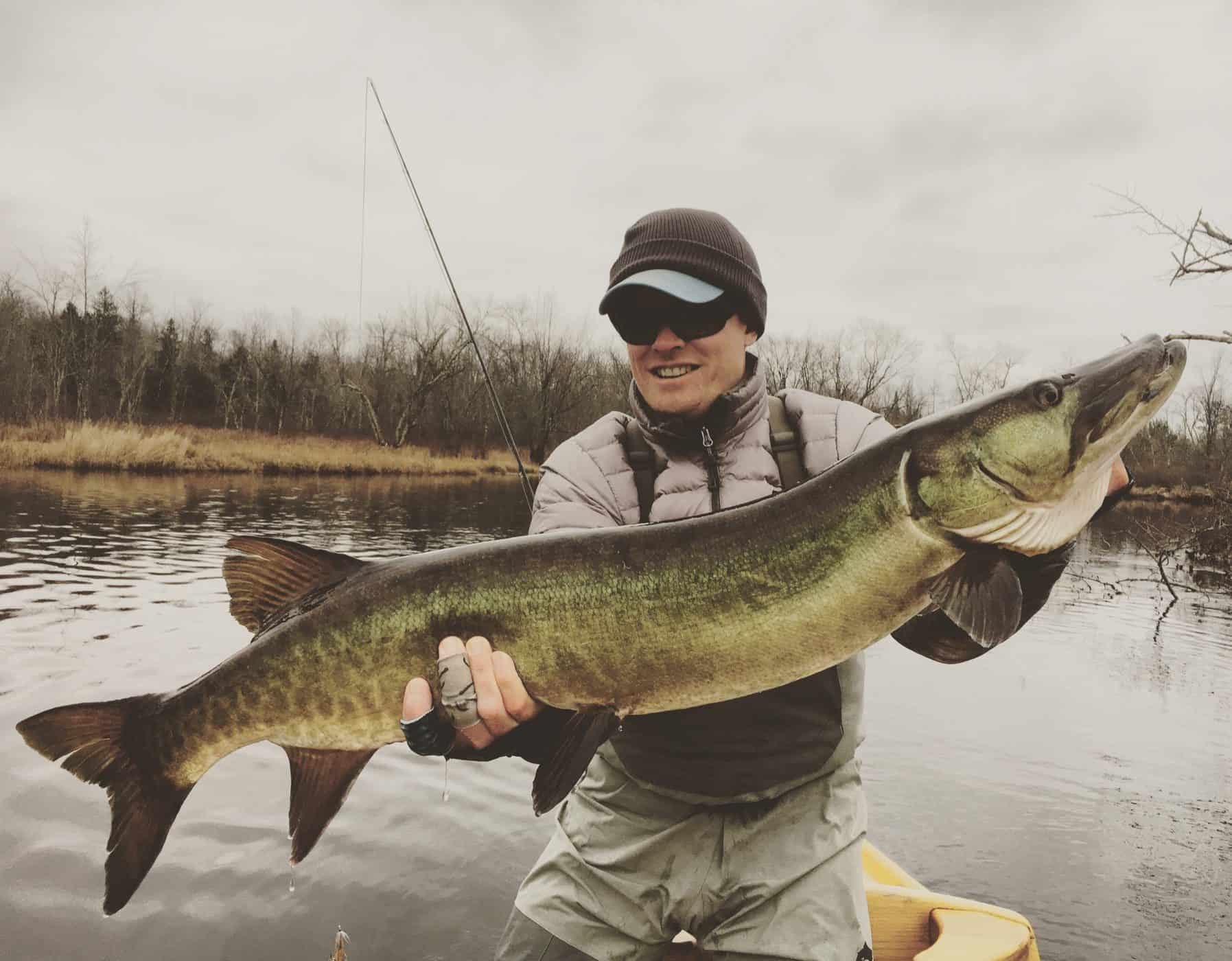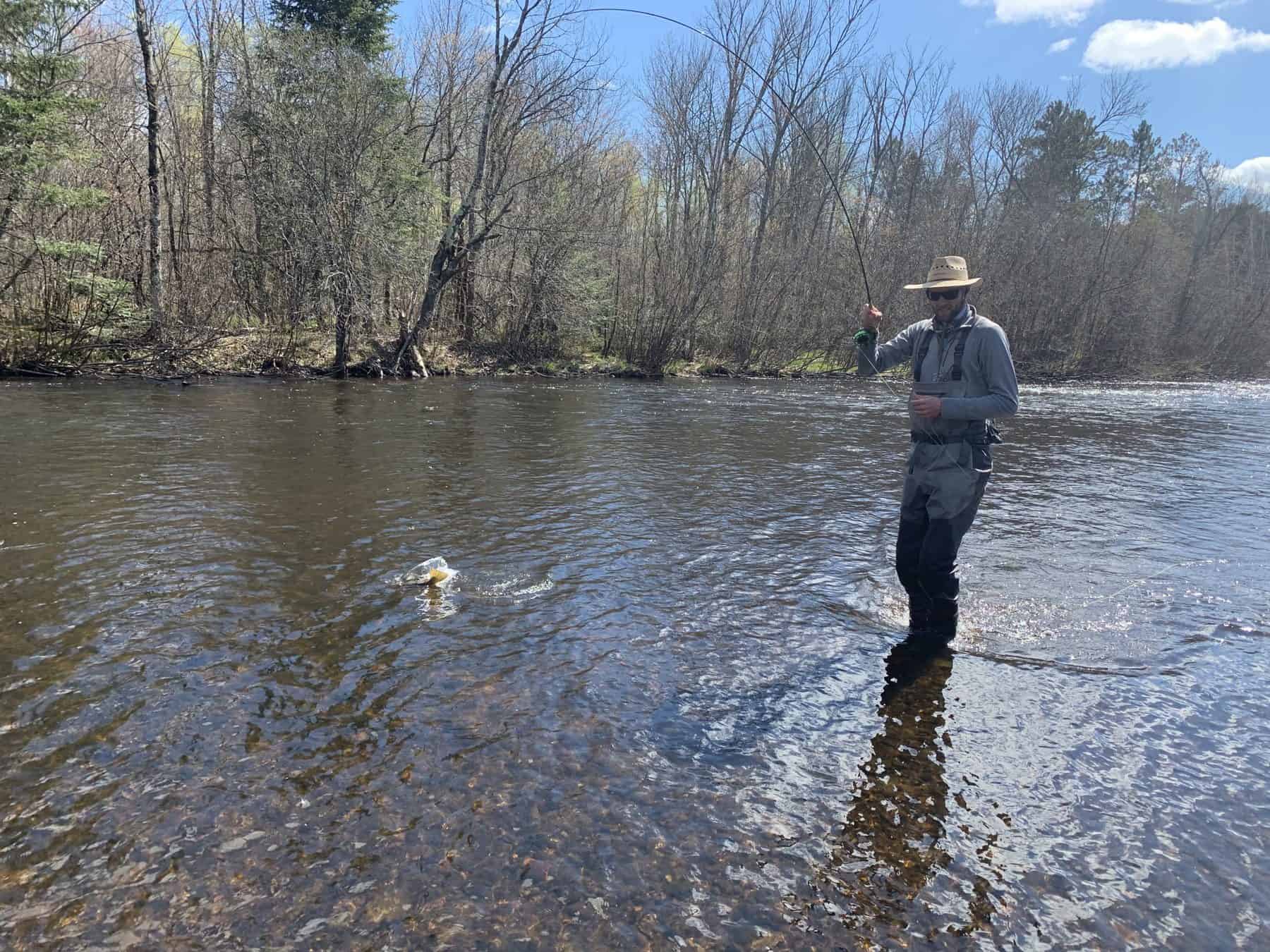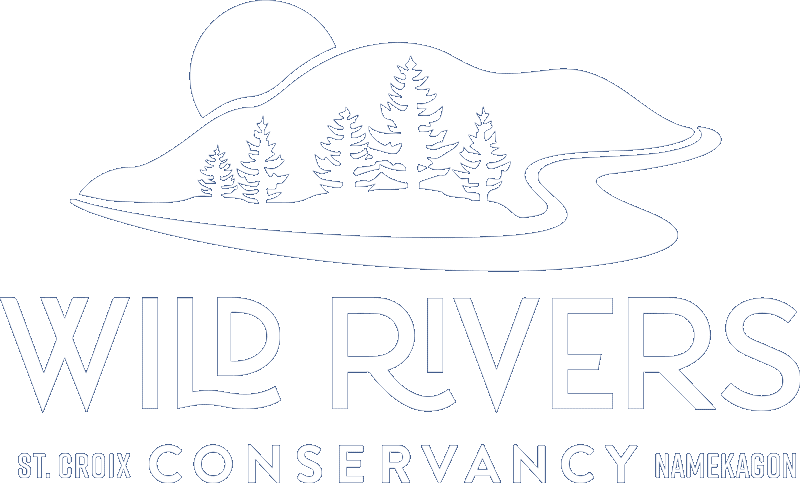For the members of the Wild Rivers Conservancy Board of Directors, protecting the St. Croix and Namekagon Rivers and their watershed is an ongoing effort driven by a deep love of place, community, and appreciation for the wild and scenic values of this national park. In our new “Meet Our Board” series, you’ll get to know the people who make Wild Rivers Conservancy’s work possible throughout the watershed.
It’s no understatement to say that the Namekagon River flows through the life of Stu Neville. As an Wild Rivers Conservancy Board member, Stu brings a unique perspective on this wild and scenic gem of the St. Croix National Scenic Riverway through his work as a fly-fishing guide with the Hayward Fly Fishing Co. in Hayward, Wisconsin. In addition to his professional ties to the river, Stu’s connection to the Namekagon has a rare quality of respect and appreciation flowing from an extended relationship with the river.
“There’s so much about this Riverway that makes it unique, and each of those characteristics of the river that make it unique is worth protecting in itself. People know about it, people visit it, but there’s maybe not always the reverence there should be—not always an understanding of how special a place and a resource it is. If we don’t recognize that, it would be an easy thing to lose.”
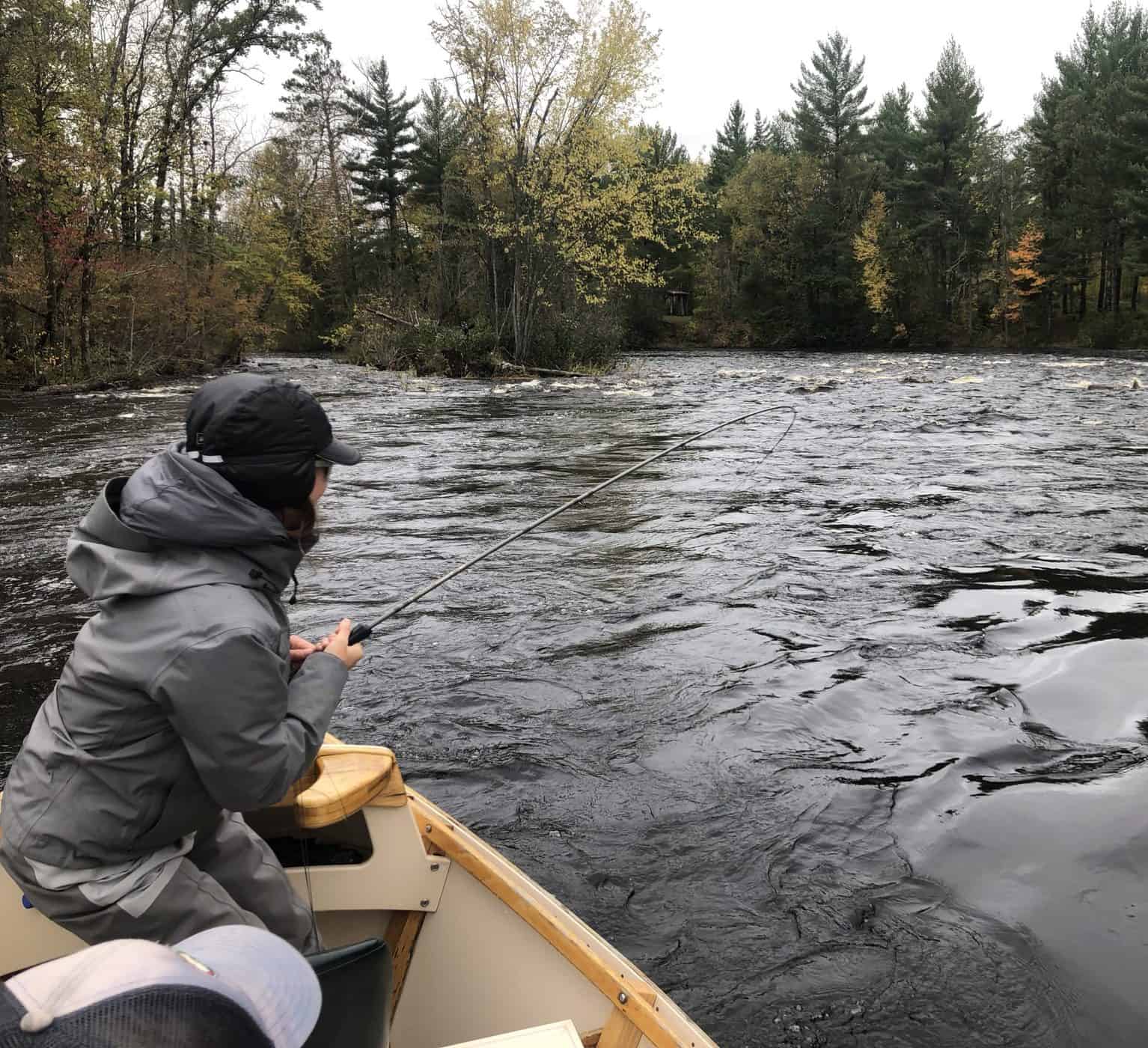
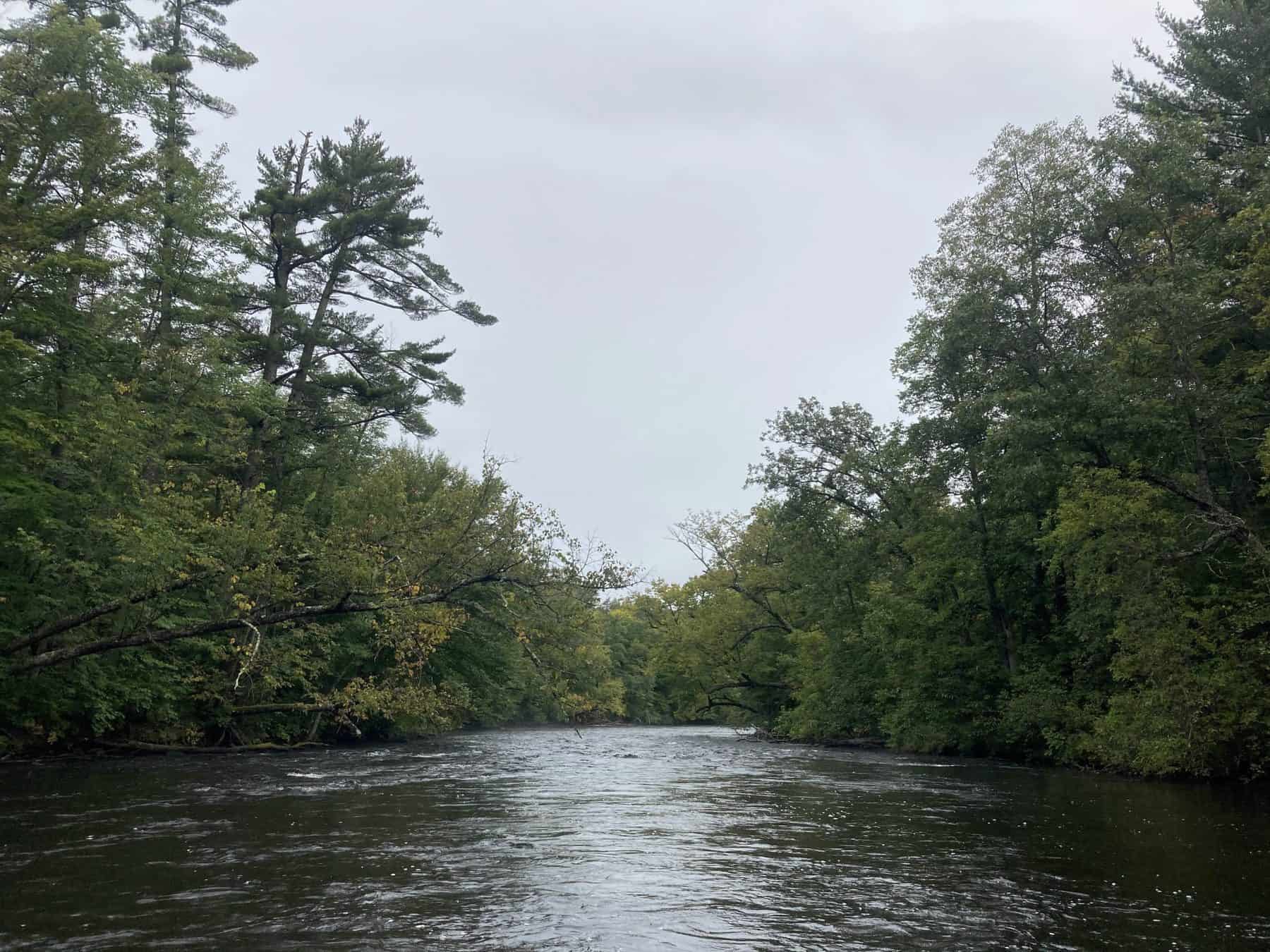
Like many Riverway visitors-turned-residents, Stu’s experience with the Namekagon began with weekend trips from the Twin Cities to his family’s cabin at Round Lake during his childhood. At the time, the St. Croix was “a pretty thing that I would drive over,” Stu says. “It was just a landmark. That was about it. But then I started to fish it when I was in high school through the Hayward Fly Fishing Company. You start to develop a relationship with a piece of water after you spend enough time on it, and you share experiences with the people you are on the water with.” Fast forward to 2021, and Stu’s relationship with the Namekagon has brought him to his ninth season as a guide with the same fly fishing company that first connected him to the river.
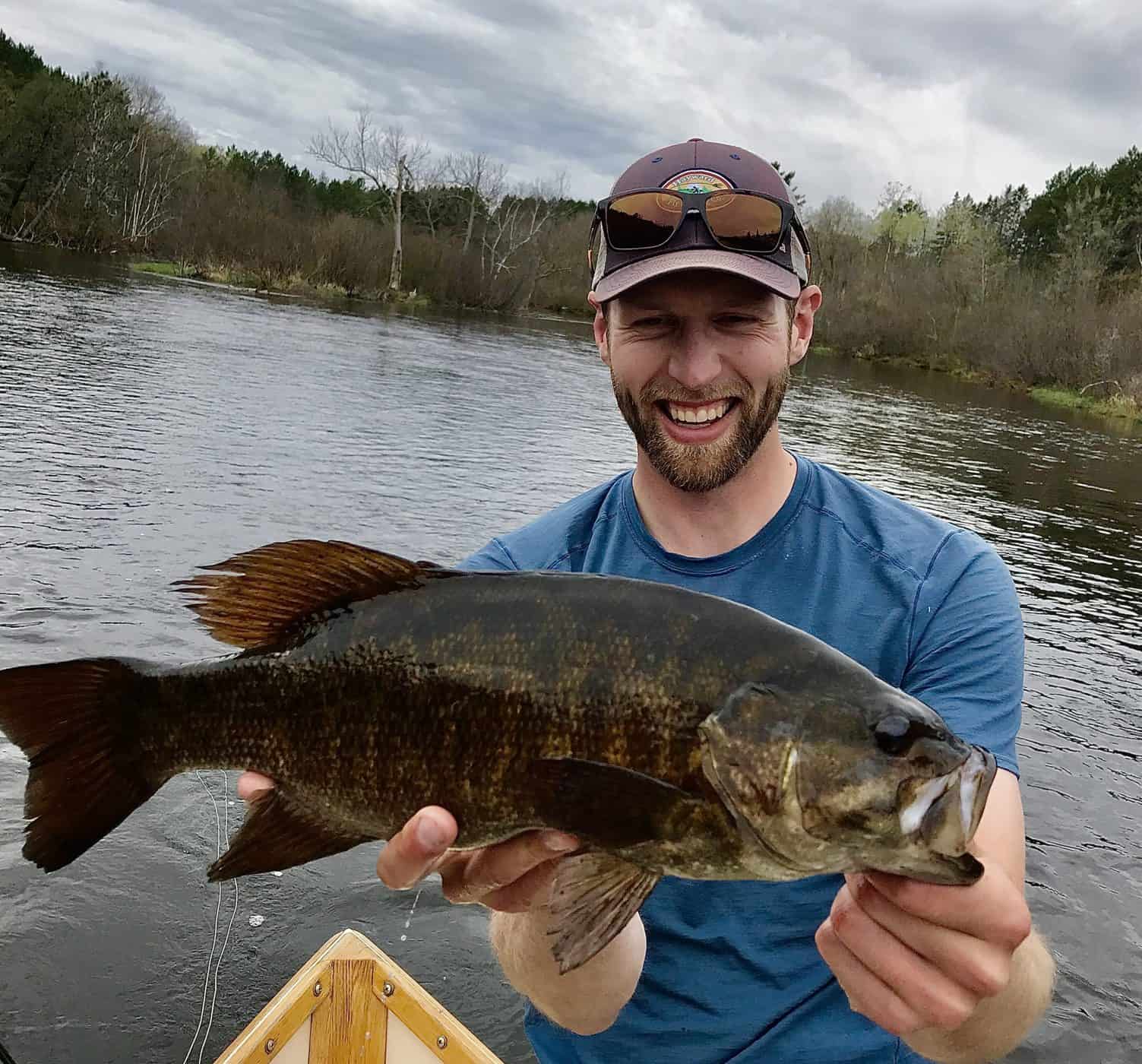
“I look at the Namekagon now as almost a co-worker,” Stu reflects. “Everybody has good days and bad days, and sometimes the river has days that are better or worse than others, but I view it as something I really have a relationship with instead of just using it. It’s like we work together.” And just like a coworker, Stu is constantly learning from the river, viewing every day as an opportunity to learn something new. “You get your finger on the pulse of what’s happening as the seasons change, as water levels change, as temperatures change, and you get to know it on a totally different level. That might actually be my favorite part of my job—when you really feel like you are connected to the river because you’ve spent so much time on it,” he says. “It makes me a lot better at my job and I have a lot more fun with it that way.”
Yet Stu’s work also comes with a front-row seat to the vulnerability of wild and scenic rivers. One such vulnerability comes from the actions of people, who sometimes leave their mark on the river long after their paths cross. “Not only do I see the river every day, I see people on the river every day, and I see how they use it—or how they misuse it, in a lot of cases—and that definitely motivates me to give my time to Wild Rivers Conservancy advocating for a river that can’t exactly speak for itself,“ Stu says. In addition, the effects of a changing climate have brought stronger storms to the Namekagon in recent years, causing flood events that have turned the tranquil river outside Stu’s home into a churning, brown force carrying huge trees downstream.
“I do worry about the river that way,” Stu says. “It’s definitely changing. If you look at the way flows have been throughout the river in the last ten years or so compared to historic averages, we’re consistently way up. The river is pretty resilient, but it’s only capable of handling so much.” These concerns come with a potential impact on local businesses, too. “If the ecology and makeup of the river change enough to where the species that we pursue can’t call it home, then I’ve run out of options. It would be pretty hard for me to guide on a river that didn’t have the resources that make my business viable.”
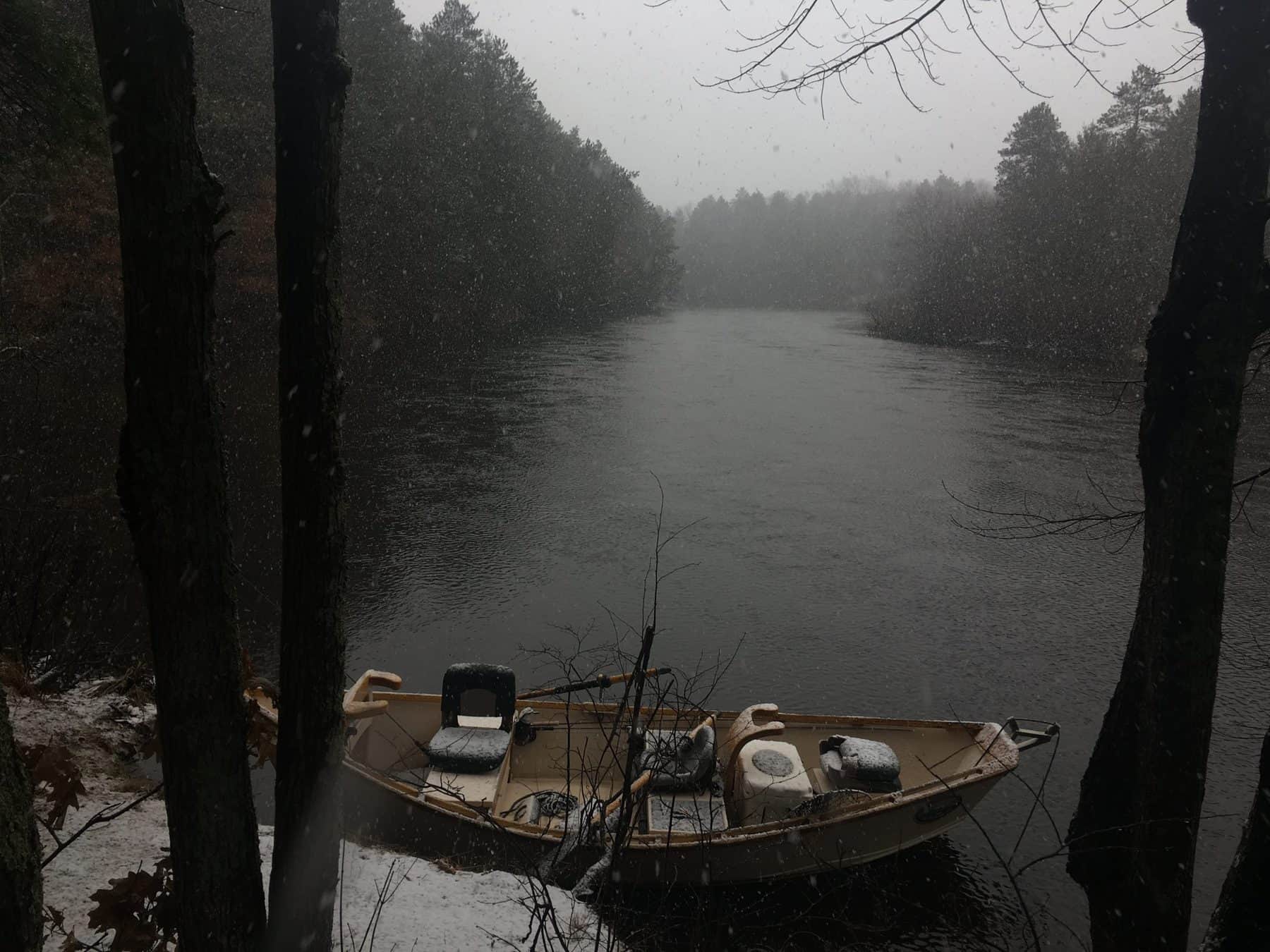
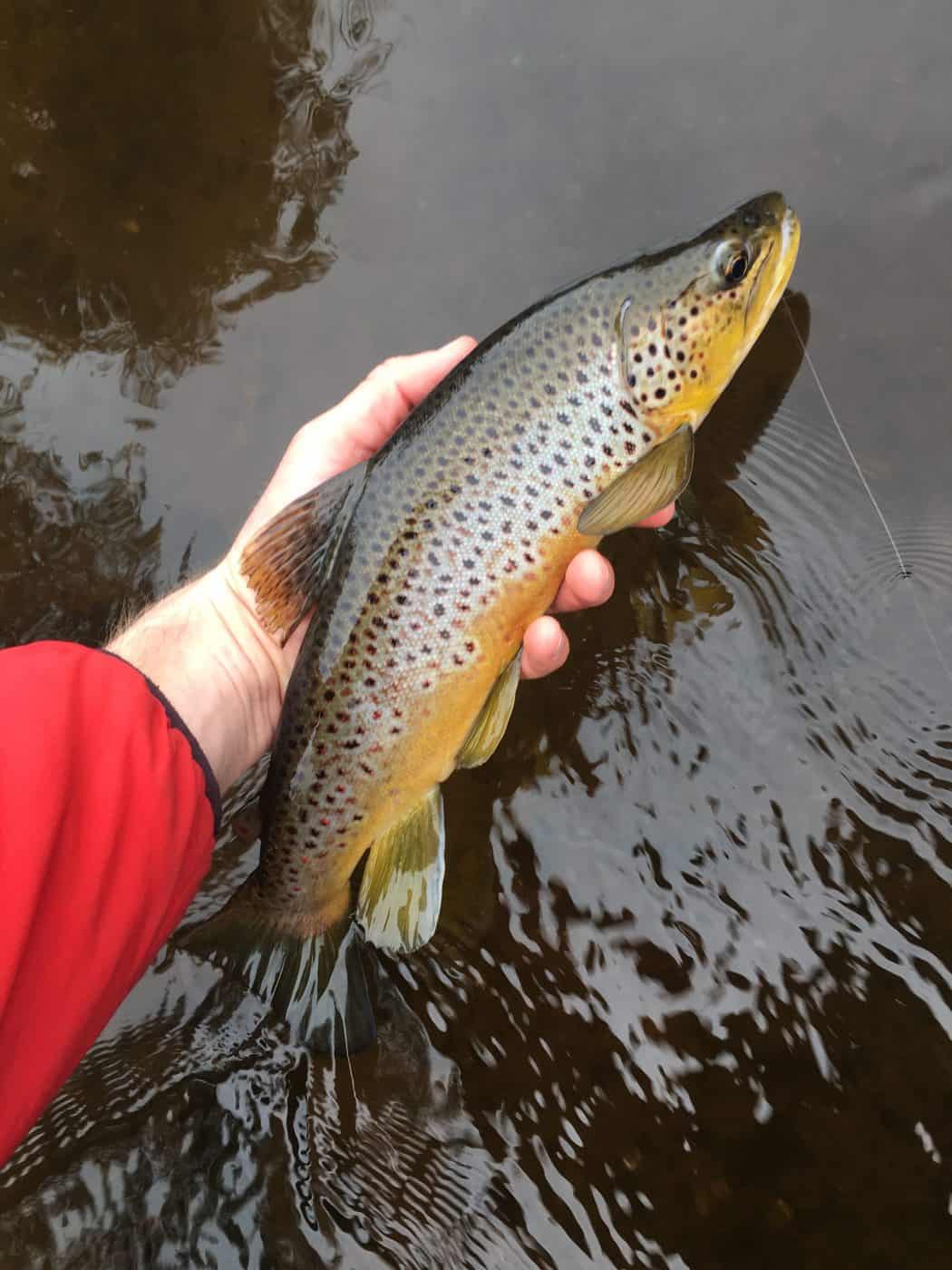
Stu’s awareness of the importance of conservation is a quality he believes he shares with fellow guides. “As guides, we all kind of think of ourselves as stewards of the water that we work on—introducing people to it and showing them why it’s important to advocate for this water and the resources that it holds, comes from, and supports. I think without that initial interest in a conservation-minded ethic, I wouldn’t have become a guide,” he says. “I understand that I spend a lot more time on the water than most. Most people do just visit it every so often, maybe a time or two a year. But if they can get away and spend more time on the water, I would encourage that. It will only deepen their relationship with the river and allow them to view it as the special resource that it is.”
In his work, Stu introduces a lot of people to the river on a one-on-one basis, but it was the opportunity to cast a wider net as an advocate for the river that compelled Stu to join the Wild Rivers Conservancy Board of Directors. “Any way that people can learn about the river and how important it is through Wild Rivers Conservancy’s work—whether it’s an education event for kids in a classroom, or another event—I’m happy to support that,” he notes. “I hope to get people to care more about it. A lot of people know about the river, and the next step for them is caring about it and taking action to care for it. That’s something I want to encourage through my work on the Board and with Wild Rivers Conservancy.”
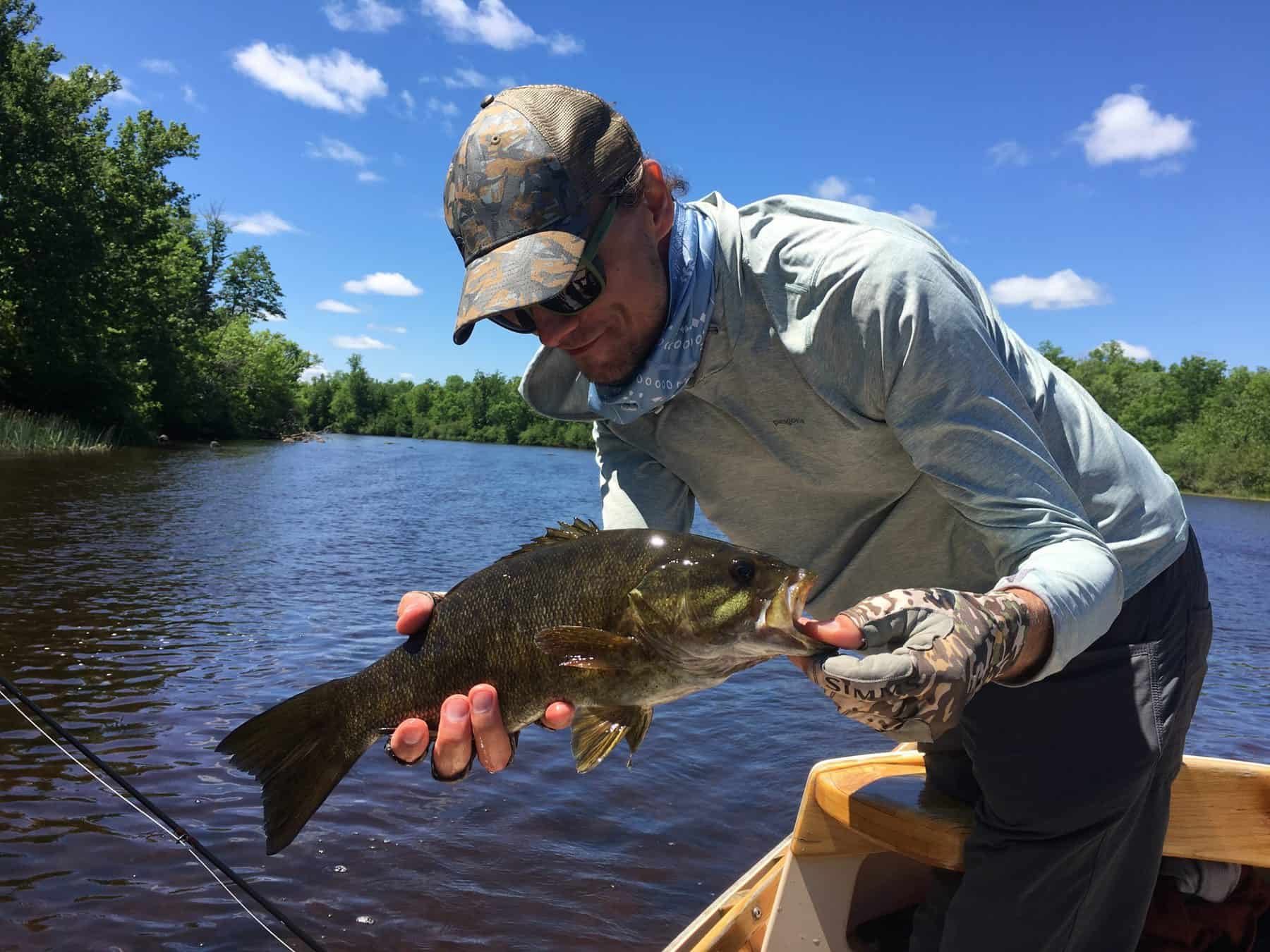
To learn more about Stu’s work with the Hayward Fly Fishing Co., visit their website. To learn more about Wild Rivers Conservancy’s Board of Directors, click here.
Header Photo Credit: Stu Neville
